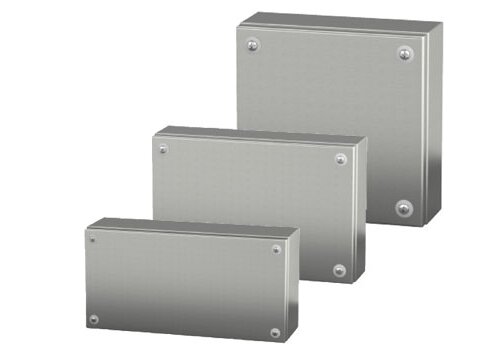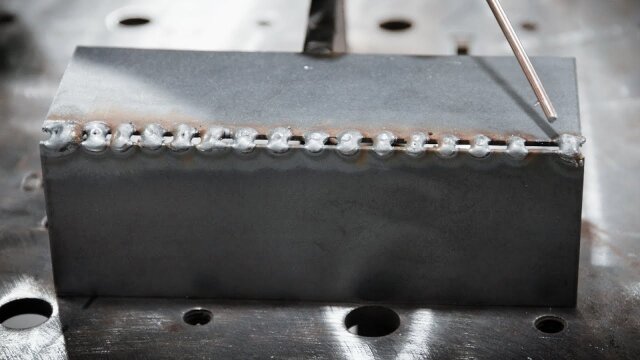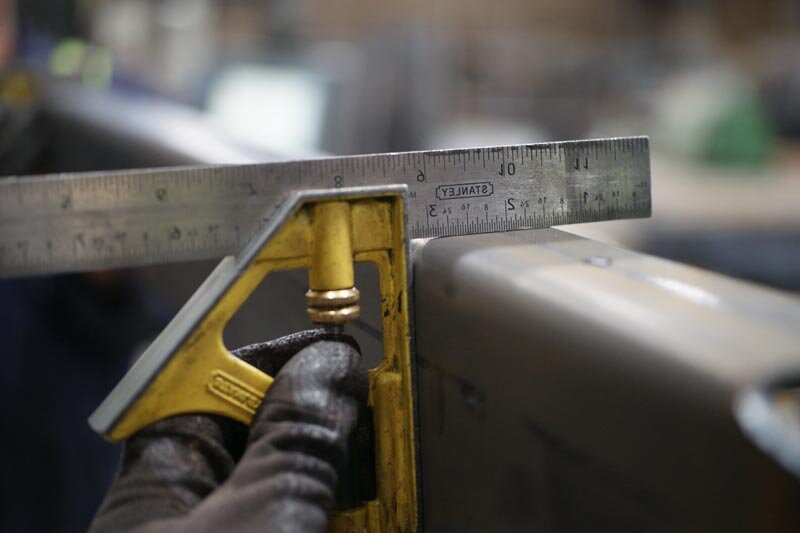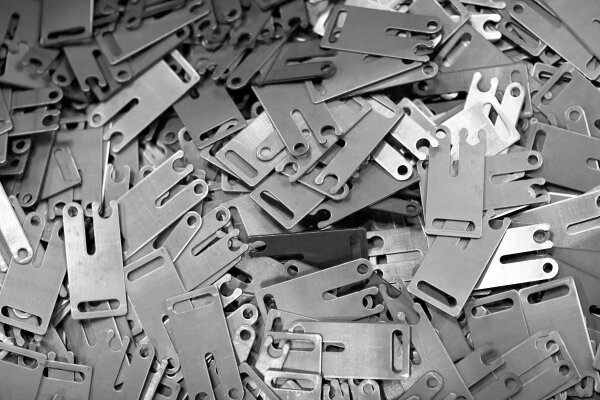Are you tired of scratches showing up on your metal parts? Do you need a solution for high-wear components that still look good? Bead-blasted stainless steel offers durability and a clean look, but many engineers don’t know how to use it right or when to choose it over other finishes.
Is bead blasting right for your next project? Let’s look at what makes this finish unique and how you can use it.
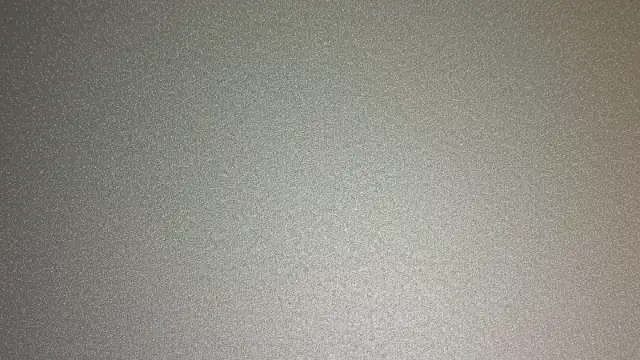
What is Bead Blasted Stainless Steel?
Bead-blasted stainless steel is a finish achieved by propelling small glass beads at high speed onto the metal surface. This process creates a smooth, matte texture that reduces reflectivity and hides imperfections like scratches or fingerprints. It’s a popular choice for applications where both durability and appearance matter.
Bead blasting works by shooting tiny glass or ceramic beads through a nozzle at high pressure. The beads hit the metal surface and remove a thin layer of material, creating a smooth, even texture throughout.
How Bead Blasting Works: A Step-by-Step Guide
The bead blasting process turns shiny stainless steel into a matte-finished material with unique properties.
- Surface Preparation: The stainless steel is cleaned to remove dirt, oil, or debris.
- Bead Selection: Glass beads of a specific size are chosen. Smaller beads create a finer finish, while larger beads produce a rougher texture.
- Blasting Process: Using a high-pressure air gun or blasting chamber, the beads are shot onto the surface of the stainless steel. The force of the beads impacts the surface, creating a uniform texture.
- Final Cleaning: After blasting, the surface is cleaned again to remove any residual beads or dust.
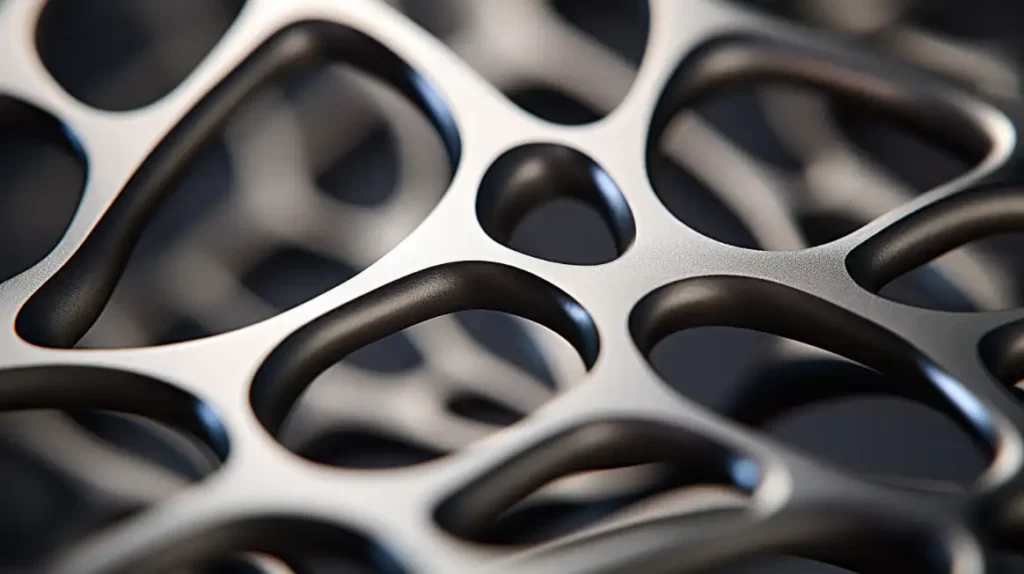
Types of Beads Used in Bead Blasting
The type of bead used in bead blasting significantly impacts the final finish. Different beads create different textures and effects. Here’s a breakdown of the most common types:
Glass Beads
Glass beads are the most popular choice for bead blasting. They are smooth and round and create a uniform matte finish. Glass beads are ideal for applications where a fine, consistent texture is needed. They are also reusable, making them cost-effective.
Ceramic Beads
Ceramic beads are more rigid and more durable than glass beads. They create a slightly rougher texture and are often used for more aggressive surface preparation. These beads are excellent for removing rust or old coatings.
Steel Beads
Steel beads are the most complicated option. They create a very rough texture and are typically used for heavy-duty applications. Steel beads are not as common for finishing stainless steel but are helpful in cleaning or deburring.
Plastic Beads
Plastic beads are softer and less abrasive. They are used for delicate surfaces that more complex beads could damage. Plastic beads create a lighter texture and are often used for cleaning rather than finishing.
Benefits of Bead Blasting Stainless Steel
Bead blasting isn’t just about looks—it adds practical benefits to stainless steel. Let’s explore how this process improves both the appearance and functionality of the material.
Aesthetic Appeal
Bead blasting gives stainless steel a modern, matte finish. This finish is less reflective than polished steel, making it ideal for visible surfaces. It creates a clean, uniform look that works well in both industrial and consumer designs.
Durability and Resistance to Corrosion
Bead blasting doesn’t weaken stainless steel. Instead, it enhances its natural properties. The process creates a surface that resists corrosion and wear, making it suitable for harsh environments.
Enhanced Performance in Various Environments
The textured surface of bead-blasted stainless steel performs well under different conditions. It resists fingerprints, smudges, and minor scratches, making it practical for high-traffic areas.
Easy Maintenance and Cleaning
Bead blasted stainless steel is low-maintenance. Its matte finish hides dirt and stains, and cleaning is straightforward. A simple wipe with a soft cloth is often enough to keep it looking new.
Disadvantages of Bead Blasting Stainless Steel
While bead blasting offers many benefits, it’s not without its drawbacks. Understanding these limitations helps you make informed decisions for your projects.
Risk of Surface Contamination
Bead blasting can sometimes leave behind residue or embedded particles. If the surface isn’t cleaned correctly after blasting, contaminants like glass beads or dust can remain, affecting the steel’s appearance and performance.
Potential for Microstructural Damage
If done incorrectly, bead blasting can cause microstructural changes to the steel surface. Excessive pressure or improper bead size can create tiny cracks or deformations. These changes might weaken the steel over time.
Limited Customization in Finish
Bead blasting creates a uniform matte finish, but it doesn’t allow for much variation. If you need a highly customized or decorative finish, other methods like etching or polishing might be better options.
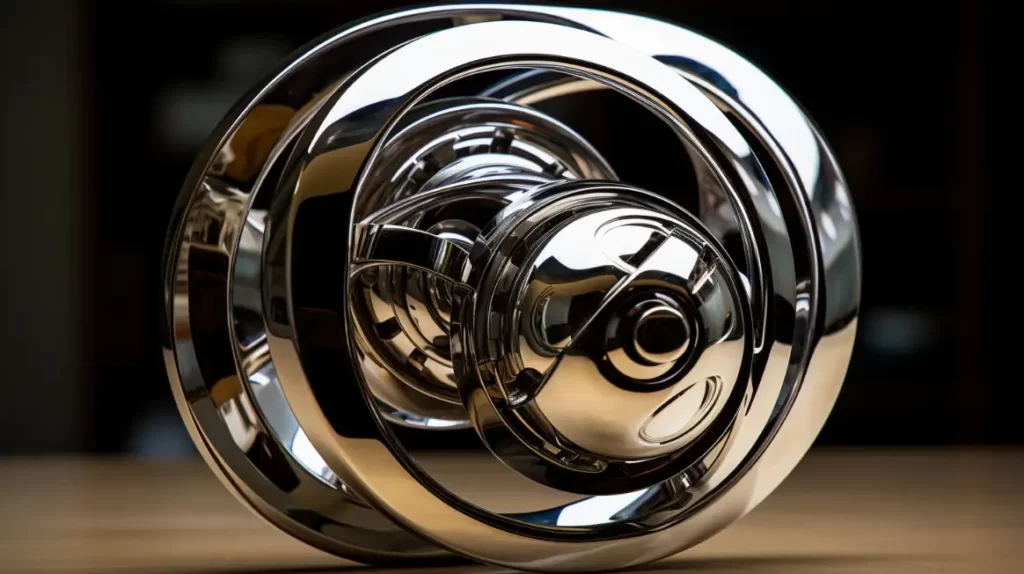
Applications of Bead Blasted Stainless Steel
Bead blasted stainless steel is a versatile material used across many industries. Its unique finish combines durability with a modern look, making it suitable for a wide range of applications.
Architecture
In architecture, bead blasted stainless steel is used for both functional and decorative elements. Its matte finish provides a sleek, contemporary appearance while maintaining strength.
- Typical uses: Building exteriors, elevator panels, handrails, and signage.
- Benefits: Weather resistance, low maintenance, and a clean aesthetic.
Automotive Industry
The automotive industry values bead blasted stainless steel for its durability and visual appeal. It’s often used in parts that need to withstand wear and tear while looking good.
- Typical uses: Trim pieces, exhaust systems, and interior accents.
- Benefits: Scratch resistance, corrosion resistance, and a premium finish.
Medical Equipment Manufacturing
Bead-blasted stainless steel is ideal for medical settings because of its hygiene and durability. The smooth surface is easy to clean and resists bacterial growth.
- Typical uses: Surgical tools, equipment enclosure, and hospital fixtures.
- Benefits: Easy sterilization, corrosion resistance, and a professional appearance.
Consumer Electronics
Bead blasted stainless steel is popular in consumer electronics for its sleek, modern look. It adds a high-end feel to devices without being too reflective.
- Typical uses: Smartphone casings, laptop bodies, and wearable devices.
- Benefits: Fingerprint resistance, scratch concealment, and a premium finish.
Other Industrial Uses
Bead blasted stainless steel is also widely used in other industrial applications. Its durability and aesthetic qualities make it a reliable choice for various environments.
- Typical uses: Food processing equipment, chemical tanks, and machinery parts.
- Benefits: Corrosion resistance, easy cleaning, and a professional look.
Bead Blasting vs Sand Blasting: What is the Difference?
Both bead blasting and sand blasting are popular surface treatment methods, but they serve different purposes and produce different results on stainless steel.
Media Characteristics
The most fundamental difference between these processes lies in the blasting media used.
Bead blasting uses round glass, ceramic, or metal beads. These spherical particles impact the surface and create a peening effect, compressing rather than cutting the metal.
Sand blasting uses angular particles like silica sand, aluminum oxide, or silicon carbide. These sharp-edged media cut into the surface and remove material through abrasion.
Surface Effects
These different media create distinctly different surface finishes on stainless steel.
Bead blasting produces a uniform, satin finish with a subtle texture. The surface has a consistent appearance with minimal material removal. This process actually work-hardens the surface through compression.
Sand blasting creates a more aggressive, rougher texture. It removes material from the surface and can significantly alter dimensions if not carefully controlled. The finish tends to be less uniform than bead blasting.
Choosing the Right Method
- Use bead blasting for projects requiring a smooth, matte finish or when working with delicate materials.
- Use sand blasting for heavy-duty cleaning, rust removal, or preparing surfaces for coatings.
Best Practices for Quality Bead Blast Stainless Steel
Achieving consistent, high-quality results with bead-blasted stainless steel requires attention to detail and proper process controls. Follow these best practices to achieve optimal results.
Specify the Media and Grit Size
Clearly defining the blasting media is crucial for consistent results across production runs.
When creating specifications for your parts, always include the exact type of beads to be used. Glass beads are standard, but ceramic or other media might be better for specific applications.
The grit size directly affects the final surface texture. Use these guidelines for typical applications:
- 40-60 grit: Aggressive texture, best for maximum coating adhesion
- 60-100 grit: Medium texture, suitable for general industrial applications
- 100-170 grit: Fine texture, suitable for consumer products
- 170+ grit: Excellent finish, ideal for medical or food equipment
Include reference standards or sample parts whenever possible. This gives manufacturers a physical example to match rather than relying solely on written specifications.
Avoid Tight Surface Roughness Callouts
Being too specific with surface roughness requirements can lead to unnecessary costs and rejections.
Instead of specifying narrow Ra (roughness average) values, use broader ranges that still meet your functional needs. For example, select “Ra 1.0-2.0 μm” rather than “Ra 1.5 μm.”
Consider these typical roughness ranges for bead blasted stainless steel:
- Decorative finishes: Ra 0.8-1.6 μm
- General industrial: Ra 1.6-3.2 μm
- Surfaces for painting: Ra 2.5-4.0 μm
Remember that surface roughness can vary across a part, especially on complex geometries. Allow for this variation in your specifications to avoid unnecessary rejections.
Add Masking Notes for Critical Features
Protect precision features from the blasting process through proper masking.
Clearly mark all surfaces that should not be blasted on your engineering drawings. These often include:
- Threaded holes and fastener interfaces
- Precision mating surfaces
- Sealing surfaces
- Bearing locations
- Electrical contact points
Specify the masking method when necessary. Options include:
- Tape masking for simple geometries
- Custom plugs for holes and ports
- Reusable masks for high-volume production
- Liquid maskants for complex shapes
Include notes about mask removal and cleaning of masked areas after the blasting process is complete.
Use the Lowest Pressure Possible for Bead Blasting
Higher pressure doesn’t always mean better results with bead blasting.
The ideal blasting pressure balances processing speed with surface quality and media breakdown rate. For most stainless steel applications, pressures between 40 and 80 PSI provide good results.
For delicate or thin-walled stainless steel parts, consider specifying even lower pressures (30-40 PSI) with longer blasting times to achieve the desired finish without distortion.
Conclusion
Bead-blasted stainless steel gives a harsh, good-looking finish that works well in many uses. The even, matte surface hides fingerprints, reduces glare, and adds grip, making it perfect for industrial and consumer products.
If you’re looking for a durable, stylish, and low-maintenance finish for your next project, bead blasted stainless steel is the perfect choice. Contact us today to discuss your requirements and get a free quote. Let us help you bring your design to life with high-quality finishes that stand out!
Hey, I'm Kevin Lee

For the past 10 years, I’ve been immersed in various forms of sheet metal fabrication, sharing cool insights here from my experiences across diverse workshops.
Get in touch

Kevin Lee
I have over ten years of professional experience in sheet metal fabrication, specializing in laser cutting, bending, welding, and surface treatment techniques. As the Technical Director at Shengen, I am committed to solving complex manufacturing challenges and driving innovation and quality in each project.

